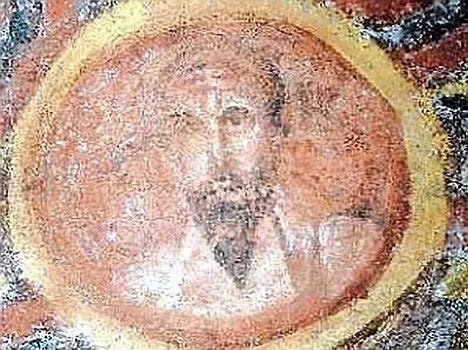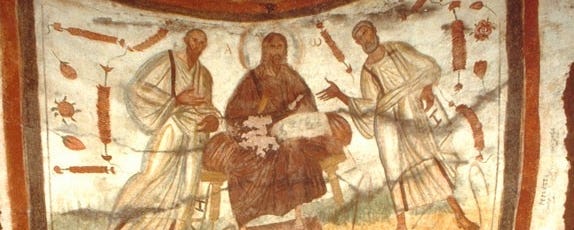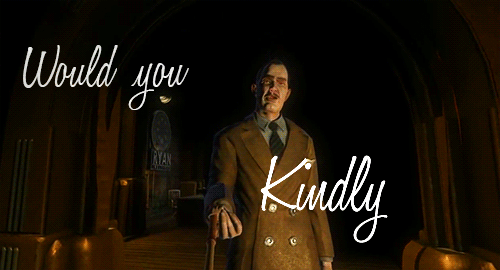Introduction to Paul the Apostle (Part II)
The Many Faces of the Most Influential Early Christian | Part 2: Physical Description
Introduction
What did Paul look like? If you have not noticed, Paul has been depicted similarly across time. It is unmistakable—typically—when Paul is portrayed in art, whether he is young or old. One could argue that they are all dependent on a singular contrived depiction, but it is possible to speculate on the germ of this hypothetical creation. Afterall, we do not have the earliest portrait of Paul in all likelihood since the most ancient in our possession comes from the 4c.

This phenomenon is captivating, but how did it happen? It is not as if there were photographers in antiquity, and we certainly don’t have a picture of Peter, Paul, and Mary posing for the camera.
Do we then know anything about Paul’s physical appearance? In most icons and artwork of Paul, he is portrayed as balding, bearded, and with a pronounced nose. If you really think about it, is there anywhere in Scripture that provides a full description of Paul? Can’t think of anything? Well, that’s not all that surprising because there is not one. The best we have is a derogatory reference in 2 Cor 10:10, “For they say, ‘His letters are weighty and strong, but his bodily presence is weak, and his speech of no account.’”
Most introductions to Paul and commentaries overlook this topic, which is unfortunate since we all have an image in our heads.1 Whenever we read history or a work of fiction, we typically attempt to visualize people because it assists in our memory and understanding of the character. As such, this will be a short entry on Paul's physical appearance—brief because there is little to discuss.
Physical Description (The Acts of Paul)
Since the NT contains no descriptions of Paul, we are at a bit of a loss for reliable information.2 Although he appears in Stephen's stoning,—Acts 8:1—his first true narrative involvement starts in Acts 9 with his conversion, but Luke leaves us bereft of a physical description. One might be expected since the Lord requests Ananias to locate Paul and help him, but it is unclear if he has ever laid eyes on the Christian persecutor. Paul unsurprisingly never offers a detailed account of his appearance in his epistles—authentic or pseudepigraphical.
Our oldest piece on Paul’s looks comes from The Acts of Paul:3
Greek Text:
εἶδεν δὲ τὸν Παῦλον ἐρχόμενον, ἄνδρα μικρὸν τῷ μεγέθει, ψιλὸν τῇ κεφαλῇ, ἀγκύλον ταῖς κνήμαις, εὐεκτικόν, σύνοφρυν, μικρῶς ἐπίρρινον, χάριτος πλήρη· ποτὲ μὲν γὰρ ἐφαίνετο ὡς ἄνθρωπος, ποτὲ δὲ ἀγγέλου πρόσωπον εἶχεν.
Translation (KSV)
And he saw Paul as he came, a man small in stature, bald-headed, bowlegged,4 healthy,5 unibrowed,6 slightly long-nosed,7 grace-filled.8 For at times he appeared as a man, and at other times he had the countenance of an angel. (The Acts of Paul 3.3)
If we look at illustrations of Paul throughout the centuries, they share many of these aspects. Even though The Acts of Paul is not considered to be Scripture, this is one instance where tradition has probably latched on to some information, regardless of the canonicity or historicity. Even if we cannot establish with certainty that this passage is the foundation for these depictions, we can at least note the parallels. Peruse the following images to see the potential influence this text has had on artistic depictions of Paul:

Although the text is dubious, it would not be surprising if it played a significant role in Paul’s history in the Church.9
Conclusion
Now that we have discussed Paul’s looks, we will continue our discussion on Paul’s life. Next, I will present general biographical details, comparing what is in Acts and the Epistles.
If you wish to keep reading about Paul and the New Testament, would you kindly hit the subscribe button below?
R. Brown, An Introduction to the New Testament (New Haven: Yale, 1997), 446ff. has a brief discussion of artwork. J. Bassler, “Paul and his Letters” in The Blackwell Companion to the New Testament (New York: Blackwell, 2010), 373–397 only discusses Pauline thought and approaches to his letters, which is what is common amongst scholars and commentators.
For that matter, we have no description of Jesus or any other apostle. One of the few people that are described in any detail is John the Baptist: “Now John was clothed with camel’s hair, and had a leather girdle around his waist, and ate locusts and wild honey” (Mark 1:6, RSV), and here it is only his clothing and culinary proclivity that are detailed.
See J. Elliott, The Apocryphal New Testament (Oxford: Clarendon, 1993), 364. His translation, though, is dated, and I believe it has some problems in Paul’s description.
And he saw Paul coming, a man small in size, bald-headed, bandy-legged, of noble mien, with eyebrows meeting, rather hook-nosed, full of grace. Sometimes he seemed like a man, and sometimes he had the face of an angel.
Lit., “crooked/curved with respect to the legs.”
In both LSJ and BDAG. Elliot’s “of noble mien” conveys little in contemporary English.
Traditionally translated as “with eyebrows meeting.”
Elliot’s translation of “rather hook-nosed” seems outdated, if not offensive.
Since it is not κεχαριτωμένη, I have translated it as “grace-filled” to show there is no parallel with Luke 1:28.
The apocryphal New Testament is largely neglected within Christianity, but these non-canonical works have played a role in shaping the Church’s understanding of early Christianity, e.g., the Infancy Gospel of James and the celebration of the Theotokos’ entrance into the Temple in the Orthodox Church (21 November).










